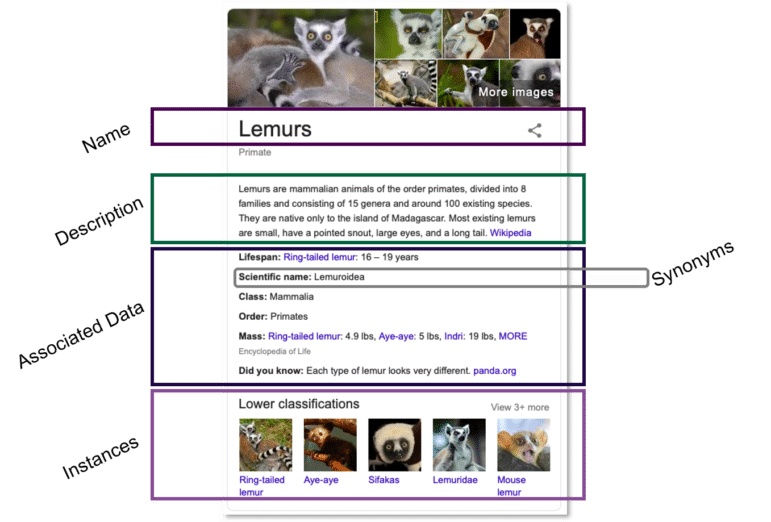
The Challenge
A global veterinary company that provides a comprehensive suite of products, software, and services for veterinary professionals needed an effective taxonomy and ontology design to provide easy and consistent ways to find and use data in order to inform machine learning activities and derive business intelligence. Specifically, the organization needed a way to model and describe their business processes and data flow between individual veterinary practices and enrich and align their ontology and data model with industry standards as part of their content and data normalization services and team initiatives. They sought to do this in order to improve efficiency and create the ability to report on the data across practices as well as trends within a specific practice, such as the adherence to prescribed medications.
Their two primary stakeholders included:
- Data Scientists, who analyze and interpret data to manage the relationships at more granular levels with minimal effort, and inform machine learning activities and derive business intelligence; and
- Organizational Divisions who provide easy and consistent ways to find and use data.

The Solution
Enterprise Knowledge (EK) partnered with the organization to implement an enterprise taxonomy/ontology design, data strategy, management tool, and governance processes that provide consistent and effective approaches for data management and interactions. EK first enriched the taxonomy through the addition of synonyms, definitions, and scope notes to ensure broader and more accurate application of tags to the data being mapped. Then, leveraging the taxonomy, EK built an ontology which was then managed in an enterprise taxonomy/ontology management tool to link symptoms, illnesses, treatments, medications and other related products effectively. Synonyms and new terms were harvested and compared from multiple industry giants including Plumb’s Veterinary Drugs and Hill’s Prescription Diets. Additional metadata, such as breed definitions, was integrated with the tool through linked data, specifically DBPedia. Next, EK mapped the provided data sets to the ontology and leveraged industry benchmarking to ensure the interoperability of the ontology design. Finally, EK recommended a customized ontology governance plan including roles, processes, and cadences that leveraged best practices for maintaining and managing the ontology at a scale.


The EK Difference
EK’s ontology industry experience and linked open data expertise ensured that the taxonomy and ontology design developed for the organization was not only relevant to the veterinary domain within their realm, but also relevant to the veterinary industry at large. We worked collaboratively with SMEs at the organization to identify and leverage industry standards and models within the ontology design, customizing where necessary but ensuring interoperability.

The Results
By extracting products, brands, drugs, species, and other controlled vocabulary lists from internal taxonomies and external veterinary science industry standards, EK enhanced the organization’s taxonomy and developed an ontology to describe the key types of things vet partners were interested in and how they relate to each other. The new taxonomy also ensures the use of a common vocabulary from all veterinary practices submitting data, reducing the burden of data normalization. In doing so, internal end-users are able to uncover the answers to critical business questions and the ontology is poised to become a shareable industry standard.

